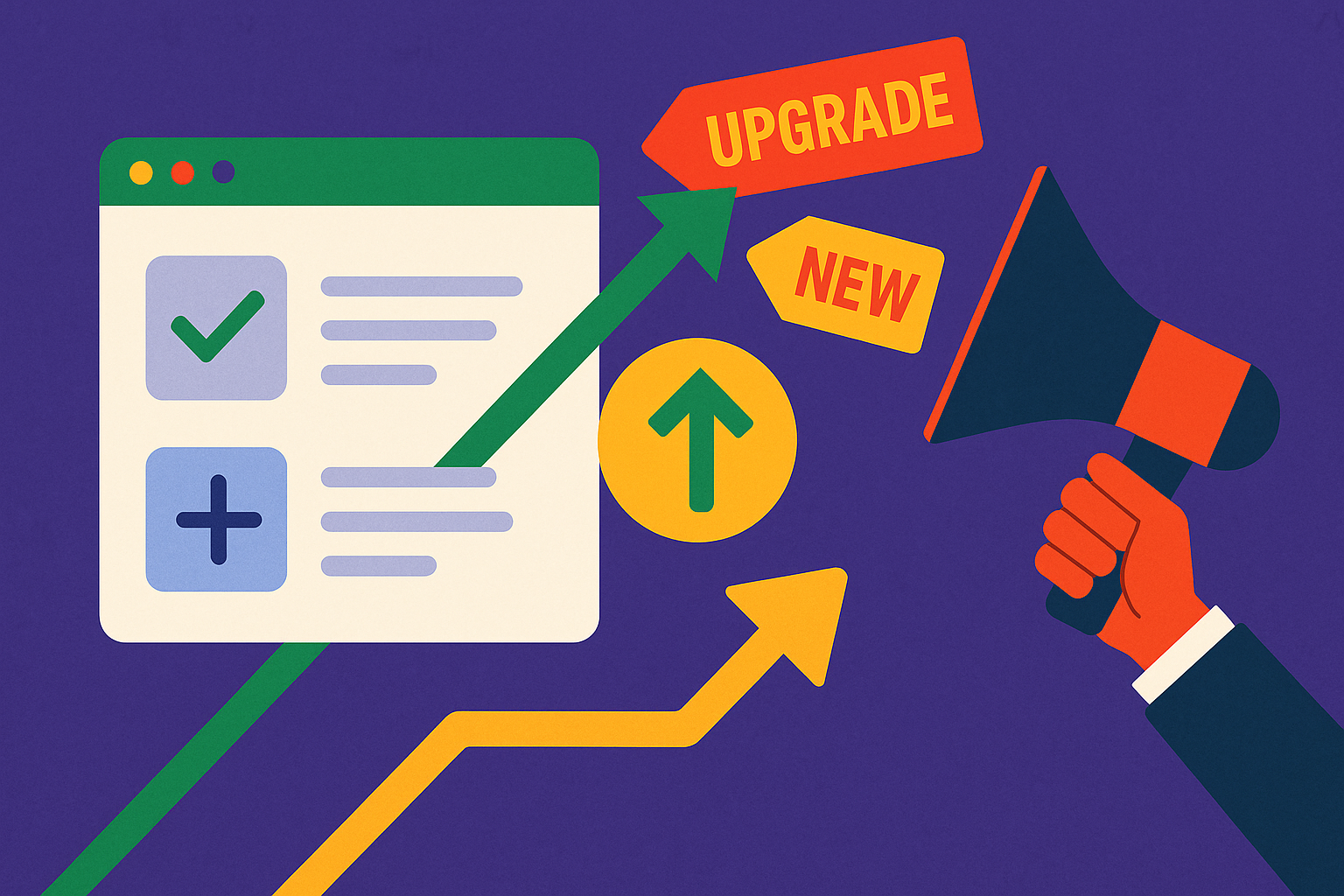As students and parents gear up for the next academic year, the Free Application for Federal Student Aid (FAFSA) becomes a crucial part of the preparation process. The FAFSA is a government initiative designed to help determine eligibility for financial aid, including grants, work-study opportunities, and loans. For many, filling out the FAFSA can be the determining factor between furthering their education or facing financial roadblocks.
Each year, FAFSA helps millions of students across the United States to access the necessary financial resources to pursue their academic dreams. By providing a fair assessment of a family's financial situation, it plays a pivotal role in bridging the gap between educational aspirations and financial realities.
As we approach the new academic year of 2024-25, understanding the FAFSA process, its changes, and how to navigate it successfully becomes even more vital. This article will serve as a comprehensive guide to help you through the FAFSA journey.
An Insight into The 2024-25 FAFSA Soft Launch
The FAFSA soft launch is a departure from the standard process. Instead of a full launch, the FAFSA application window opens intermittently, providing students and parents with periodic opportunities to submit their applications. It's a new approach, designed to progressively accommodate applicants and manage the application flow more effectively.
While the soft launch approach may seem unconventional, its intention is to allow for a smoother application process. By spreading out application submissions, the FAFSA team can provide more timely responses and better service to applicants.
It's important to note that even though the FAFSA process has changed, the importance of early application remains. The earlier you apply, the better your chances of receiving the maximum amount of aid. As Sophia's story illustrates, staying informed and being proactive can ensure a successful FAFSA application process even with the new soft launch approach.

Immediate Steps to Take for The New FAFSA Application
As the new FAFSA application process begins, there are several steps students and parents can take right now to prepare.
Step 1: Gather Necessary Documents
Start by collecting the necessary financial documents, including your 2023 tax returns, W-2 forms, bank statements, and records of untaxed income. Having these at hand will make the application process smoother.
Step 2: Create an FSA ID
If you haven't already, create a Federal Student Aid (FSA) ID. Your FSA ID allows you to login to your Federal Student Aid account, sign your FAFSA form electronically, and access other federal student aid websites.
Step 3: Research Schools
List the schools you’re interested in, even if you haven’t applied or been accepted yet. You can list up to 10 colleges where you want your FAFSA information sent. List all the colleges you are considering, even if you haven't applied or been accepted yet. It will help determine how much aid you can get.
Step 4: Check and Meet All Deadlines
Deadlines can vary between federal, state, and college aid. Be sure to check all relevant deadlines and submit your FAFSA as early as possible.
Step 5: Review and Submit the Application
Ensure all information is correct, any necessary signatures are included, and submit your application. Keep a copy of the completed form for your records.
Step 6: Stay Informed
Regularly check the FAFSA website or subscribe to updates to know when the application window opens.
Following this checklist will provide a clear roadmap through the FAFSA process and help ensure you have all the necessary pieces for completing your application. Remember, planning ahead and staying organized can make the process go much more smoothly.
Understanding the Changes in the New FAFSA
The FAFSA has undergone several changes that applicants need to be aware of for the 2024-25 academic year. These changes are designed to streamline the application process and make it easier for students and families to secure the financial aid they need.
Firstly, the FAFSA form has been simplified. The number of questions has been reduced from 108 to a maximum of 36, making it more user-friendly. For instance, Emma, a college sophomore, found the new form much less daunting and was able to complete her application quickly without needing extensive help.
Secondly, the Expected Family Contribution (EFC), a number used to calculate students' financial aid eligibility, has been replaced with the Student Aid Index (SAI). The SAI is intended to be a more accurate reflection of a family's financial strength. For example, John's parents were unemployed due to the pandemic, but they had some savings. Under the EFC system, they were considered to have a high contribution capability, limiting John's aid. However, the SAI took into account their unemployment status, resulting in a higher aid package for John.
Lastly, the soft launch approach is a new feature. As explained earlier, this means the application window will open and close at intervals. This was initially confusing for Maria, who was used to the standard process. However, once she understood the new system, she found it easier to plan her application submission, resulting in a less stressful experience.
These changes in the FAFSA are significant and will impact the way students and their families approach the financial aid process. By understanding these changes and planning accordingly, applicants can navigate the FAFSA process successfully and secure the funding they need for their education.

Important Dates and Deadlines for the 2024/2025 FAFSA Application Process
Planning ahead is key to navigating the financial aid process smoothly and effectively. To assist you in this journey, we've compiled a detailed timeline of key dates and deadlines for the 2024/2025 Free Application for Federal Student Aid (FAFSA) process. This timeline will help you stay on track, ensuring you don't miss out on any potential funding opportunities for your education.
1. December 31, 2023: The FAFSA application for the 2024-2025 academic year becomes available. Apply as early as possible to maximize your chances of receiving aid.
2. December 2023 - June 2024: This period is prime time for scholarship research and applications. Remember, many scholarships require a completed FAFSA.
3. February 15, 2024: This is a common priority deadline for many colleges, but make sure to check with your specific school as dates can vary.
4. March - April 2024: Around this time, colleges will start sending out financial aid award letters if you've been accepted.
5. May 1, 2024: Known as National Decision Day, this is the deadline for most students to finalize their college choice.
6. June 30, 2025: This is the final deadline to submit your FAFSA for the 2024-2025 academic year. Aim to submit well before this deadline.
7. September 15, 2025: This is the last day to make corrections to your 2024-2025 FAFSA.
Keep in mind that these dates are subject to slight changes each year, and it's always a good idea to verify with the official FAFSA website or your college's financial aid office.
Personalizing Your FAFSA Application
Every student's situation is unique, and the FAFSA application should be tailored to reflect these individual circumstances. This is particularly relevant for non-traditional students and families with unique financial situations. Here are some tips on how to do this:
For Non-Traditional Students
Non-traditional students may include adults returning to school, students who are also parents, or students who are independent. Here's how you can tailor your FAFSA application:
1. Include any non-traditional income: As a non-traditional student, you might have income sources that traditional students do not. This could include benefits like food stamps, child support, or income from a part-time job. Be sure to include all these income sources on your FAFSA application.
2. Update your dependency status: If you're an independent student, meaning you're not financially reliant on your parents, be sure to update your dependency status on your FAFSA application. You'll need to provide information about your own finances instead of your parents'.
3. Consider your household size: If you have dependents, it's important to include them in your household size. This can significantly impact your Expected Family Contribution (EFC) and potentially increase the amount of aid you're eligible for.
For Families with Unique Financial Situations
Families with unique financial situations may include recent job loss, unusual medical expenses, or other unexpected financial changes. Here's how you can tailor your FAFSA to reflect these circumstances:
1. Document changes in income: If your income has significantly changed from what it was two years ago (the tax year FAFSA uses), you can update this information on your FAFSA application.
2. Include unusual expenses: If you've had unusual expenses, such as high medical costs or disaster-related expenses, include these in your FAFSA application. They can affect your EFC and the amount of aid you're eligible for.
3. Use the "Special Circumstances" section: If there are other financial circumstances that aren't captured in the FAFSA application, you can document them in the "Special Circumstances" section. This might include a parent's job loss or a one-time income increase that doesn't reflect your usual financial situation.
Remember, the FAFSA application is a snapshot of your financial situation. It's important to make it as accurate as possible to ensure you get the financial aid you're eligible for.

Frequently Asked Questions about the FAFSA Process
1. When is the earliest I can submit my FAFSA for the 2024-25 academic year?
The earliest you can submit your FAFSA for the 2024-25 academic year is December 31, 2023.
2. Are there benefits to submitting the FAFSA early?
Yes, there are several benefits to submitting the FAFSA early. First, some types of financial aid, particularly some types of state aid, are awarded on a first-come, first-served basis. Submitting early also gives you plenty of time to correct any errors and ensure your information is accurate. Additionally, colleges have their own FAFSA deadlines. Submitting early ensures that you won't miss these deadlines.
3. Can I submit FAFSA if I haven't chosen a college yet?
Yes, you can submit FAFSA even if you haven't chosen a college yet. In fact, you can list up to 10 schools on your FAFSA. These schools will receive your financial information once you submit the FAFSA. Once you decide on a college, you can update your FAFSA to reflect your choice.
4. What happens if I miss the FAFSA deadline?
If you miss the federal FAFSA deadline, you're no longer eligible to receive federal aid for that academic year. However, you may still be eligible for state or college aid and should check those specific deadlines.
5. Do I need my parents' information to fill out the FAFSA?
Yes, if you're considered a dependent student for purposes of the FAFSA, you'll need your parents' financial information. If you're considered independent, you won't.
6. Can I edit my FAFSA after submitting it?
Yes, you can make corrections or updates to your FAFSA. Log in to the FAFSA website and select "Make FAFSA Corrections." You can make changes until September 15 of the academic year for which you're applying.
7. Can I apply for FAFSA before I'm admitted to a college?
Yes, you can and should apply for FAFSA before you're admitted to a college. The financial aid process is separate and often earlier than the college admission process.
Remember, it's important to complete the FAFSA accurately and on time to maximize your potential financial aid for college.

How SimpleDirect Can Help You Navigate the FAFSA Process
Navigating the FAFSA process can be a daunting task for students and their families. This is where SimpleDirect comes in. With its tailored guidance and expert resources, SimpleDirect can assist in making the FAFSA application process a lot more seamless and successful.
SimpleDirect provides comprehensive tools and resources that simplify the FAFSA process. Their team of experts helps applicants understand the nuances of the application, the changes in the new FAFSA form, and how to maximize their chances of receiving aid.
Take the case of Sarah, a first-year college student. She was overwhelmed by the FAFSA process until she found SimpleDirect. "Their step-by-step guide made the application process feel less complicated. They helped me understand the new changes, and their reminders ensured I didn’t miss the application window. I secured enough aid to cover my tuition fees, thanks to SimpleDirect," Sarah said.
Another satisfied client, Robert, a single father, had this to say: "With SimpleDirect, I felt like I had a personal advisor guiding me. They helped me gather the necessary documents and create an FSA ID for my son. Their assistance was invaluable."
Furthermore, SimpleDirect's platform offers a personalized experience. It keeps track of important dates, sends timely reminders, and offers guidance based on individual financial situations. It's not just a tool, it's like having a personal financial aid advisor.
SimpleDirect's success stories are a testament to their effective approach in aiding students and their families navigate the FAFSA process. Their commitment to providing necessary guidance, resources, and personalized experiences makes the daunting task of applying for financial aid a lot simpler and more manageable.
In conclusion, preparing for the FAFSA application process is a pivotal step for students and their families seeking financial aid for education. The process begins with gathering necessary documents, creating an FSA ID, researching potential schools, and staying informed about the application window. The new FAFSA form, with its simplifications, replacement of the EFC with the SAI, and the soft launch approach, are crucial changes applicants must understand.
SimpleDirect's expert resources and personalized approach can significantly simplify the application process. By preparing adequately, understanding the changes, and making use of resources like SimpleDirect, the FAFSA process can become less daunting and more successful. Remember, securing financial aid is not just about applying; it's about applying right.






